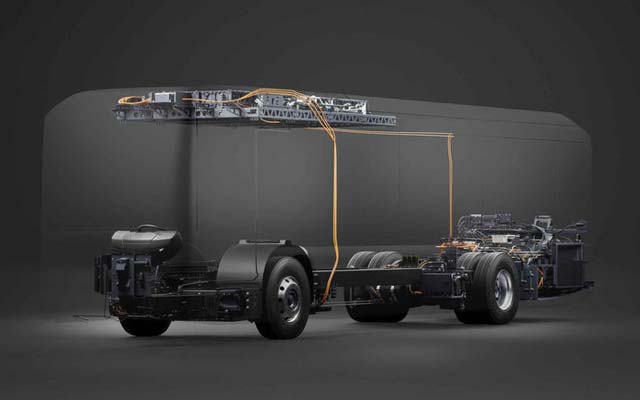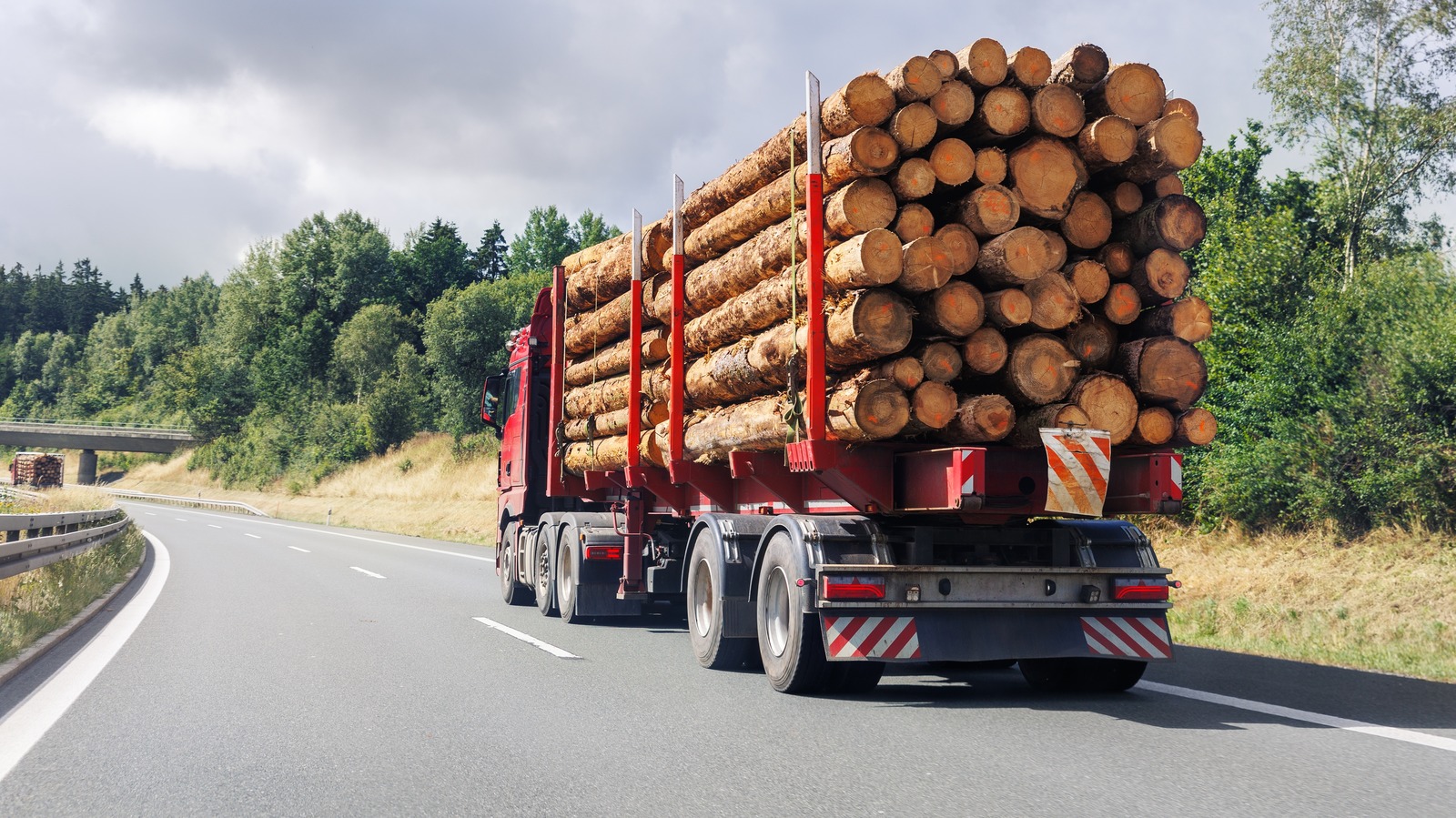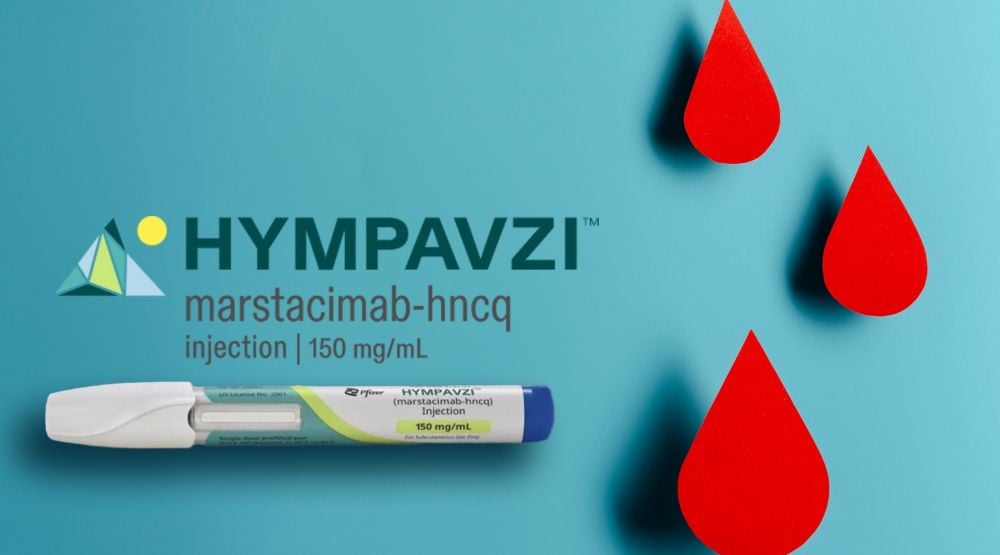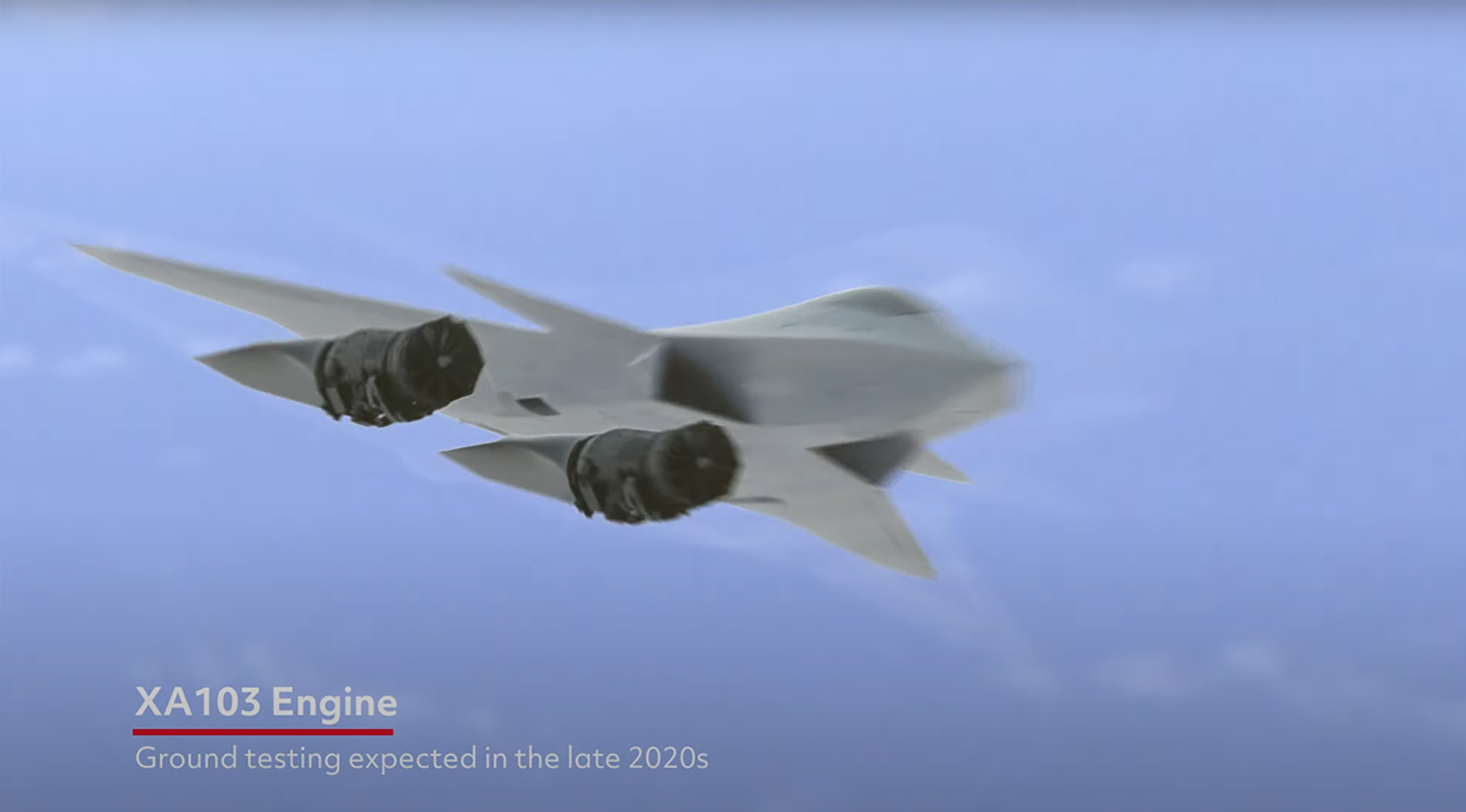Should You Lease On or Stay Independent as You Grow
As your trucking business starts to scale beyond that first truck, this question shows up fast—should you stay running under your own authority, or lease onto someone else’s? It’s tempting to chase what looks easier. It’s tempting to let someone else handle the backend while you just drive or manage. But the truth is, how […] The post Should You Lease On or Stay Independent as You Grow appeared first on FreightWaves.

As your trucking business starts to scale beyond that first truck, this question shows up fast—should you stay running under your own authority, or lease onto someone else’s? It’s tempting to chase what looks easier. It’s tempting to let someone else handle the backend while you just drive or manage. But the truth is, how you answer this question will either move you closer to real business ownership—or pull you into someone else’s system where your growth gets capped. Too many small fleet owners get stuck here because they don’t have the right information, or they’re making panic moves during a rough season. So let’s break it down from a real-world perspective—no fluff, just tactical insight.
What Leasing On Actually Means in Practice
Leasing puts your truck under another carrier’s DOT authority. They handle insurance, compliance, and sometimes dispatch. You pay them a cut—usually 15 to 30 percent of your gross revenue. You keep your equipment and your driver, but they control the loads, the customer relationships, and the paperwork.
It sounds good if you’re tired of doing it all yourself. But you’ve got to ask the right questions. Who owns the customer relationships? Who sets the rates? What happens if their freight dries up or their safety rating tanks?
Leasing one might solve short-term pain. But if you’re serious about building a company, you need to weigh the long-term cost of giving up control.
When Leasing On Can Be a Strategic Step
There are moments where leasing makes sense. Not forever, but for a season:
- You’re brand new. If you just got your authority or you’re trying to learn the ropes, leasing on can buy you time to build cash flow and experience. But use that time to learn the business—not get comfortable.
- You can’t get affordable insurance. Some new authorities get quoted sky-high premiums. Leasing on can be a stopgap while you build time in the industry and stack some reserves.
- You’re completely burned out. If the back-office work is crushing you and you don’t have help, leasing on can buy you breathing room. But again—use that time to restructure, not to stall.
Just don’t confuse leasing with building a business. You’re leasing someone else’s infrastructure. Their customers. Their brand. You’re giving up leverage—and when you want to take it back, it’ll cost you.
What Staying Independent Actually Requires
Running under your own authority means owning every part of the business. You control the freight. You handle insurance, safety, compliance, billing, and customer relationships. It’s more responsibility—but it’s also more leverage.
Independence gives you:
- Direct relationships with shippers and brokers
- Control over rate negotiations
- Brand equity that you can build and eventually sell
But none of that matters if your house is out of order. Independence only works if you treat your trucking operation like a real company—not a hustle.
That means:
- Knowing your cost per mile
- Building a basic back-office system
- Tracking performance across drivers and lanes
- Following up with customers like clockwork
- Hiring part-time help before you drown
Independence pays off—but only if you run tight.
Real-World Financial Comparison
Let’s keep it simple. You gross $250,000 a year.
- Leased On: The carrier takes 25%. That’s $62,500. You don’t pay for insurance directly, but you’re limited to their freight. You’re capped.
- Independent: You keep the full $250K. You spend maybe $20K on insurance, $5K on tools and compliance help. Maybe $40K in total overhead. You’re still ahead—and you control every piece of the puzzle.
Over five years, independence gives you hundreds of thousands more in equity and profit—if you’re running it smart.
The Growth Trap That Sinks Small Fleets
Here’s what happens too often. A carrier grows from one truck to two. Maybe a driver leaves. Maybe a broker shorts a load. Cash flow gets tight. They panic and lease onto someone bigger, thinking it’ll take pressure off.
It doesn’t.
You still have to solve the same problems—driver management, maintenance, communication. Only now, you’ve got less control and smaller margins.
When growth starts hurting, don’t retreat. Fix your processes. Clean up dispatch. Automate invoicing. Bring in part-time admin help. Handle the friction, don’t avoid it.
That’s how you scale smart.
Know Where You’re Trying to Go
What’s your vision?
- Are you trying to sell your business one day?
- Pass it on to your kids?
- Build a strong regional fleet?
If you’re leasing on, that path is closed. You can’t sell a business that’s running under someone else’s name. You can’t transfer accounts you don’t own. At best, you’re left with trucks and drivers—and that’s not enough to command a real valuation.
But if you’re independent, with systems, accounts, and clean books—you’ve got an asset. You’ve got leverage. You’ve got options.
Check out the episode of The Long Haul Powered by Sirius XM, where we sat down with the CEO of CloudTrucks to talk about this in depth.
@Lease On or Stay Independent? Hard Truths for Owner-Operators with Tobenna Arodiogbu
Final Word
If you’re debating whether to lease on or stay independent, don’t let fear or fatigue make the call. Let strategy guide you. Leasing on can be a temporary tool—but it is not a business model for long-term growth. If you want to build something real, you’ve got to own your authority, your process, and your relationships.
It’s not always easier. But it’s worth it.
The carriers who win in this game are the ones who put structure before scale. Build the foundation now. Get your backend right. Know your numbers. Treat your trucking company like the business it is.
If you need clarity on how to do that, get help before you get buried. Because once you lease out your control, it’s hard to get it back.
Stay independent. Stay focused. And stay in the fight.
Let me know if you’d like this in a Playbook-ready upload or want to build a follow-up article on how to set up your back-office support while staying independent.
The post Should You Lease On or Stay Independent as You Grow appeared first on FreightWaves.



















































































































































